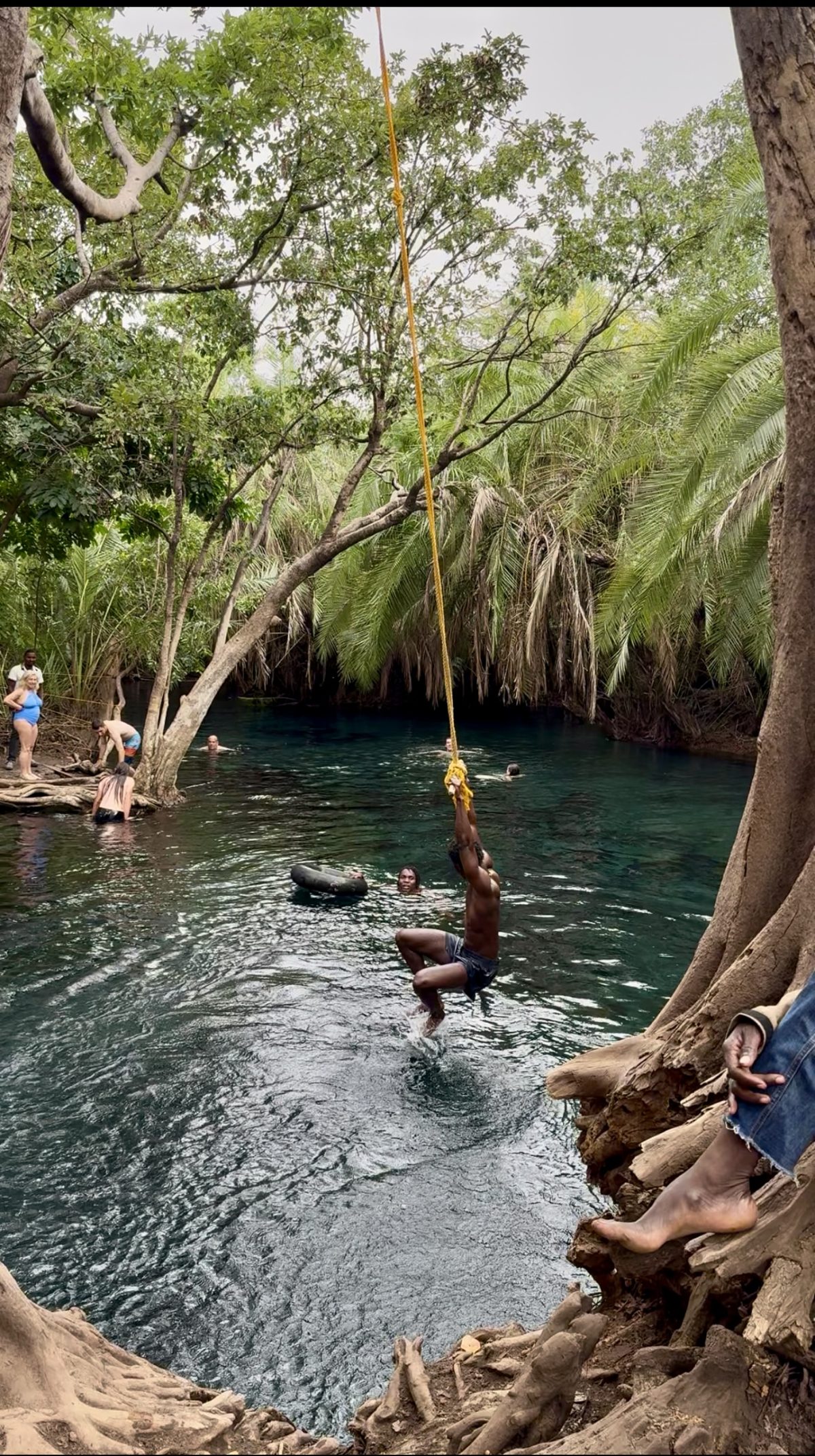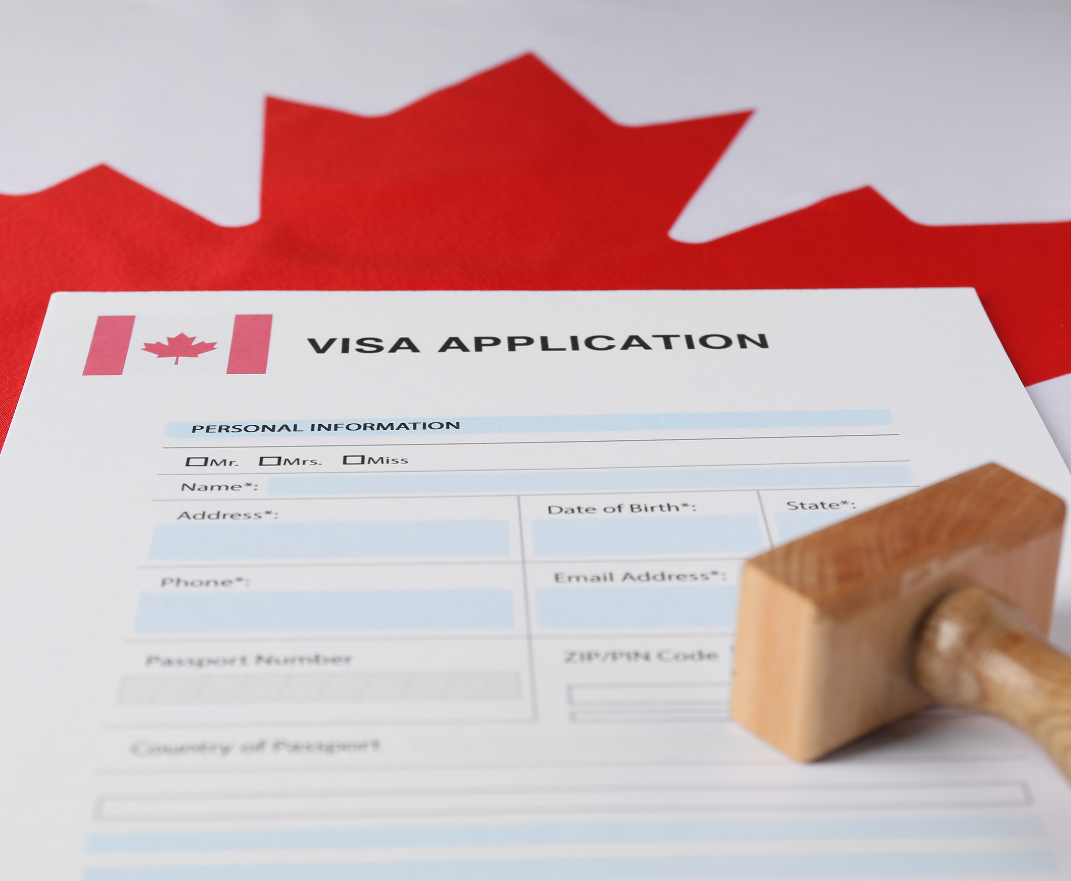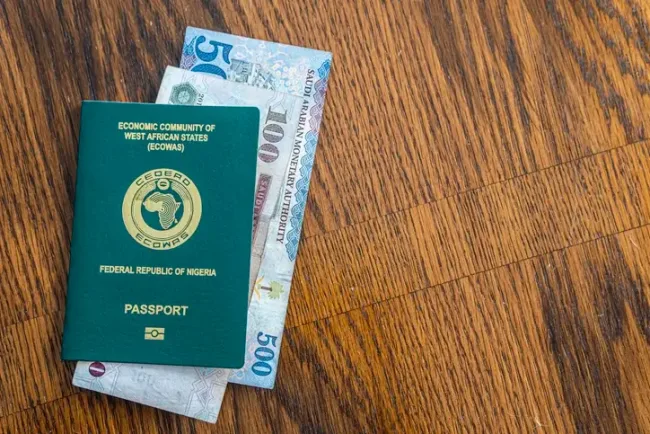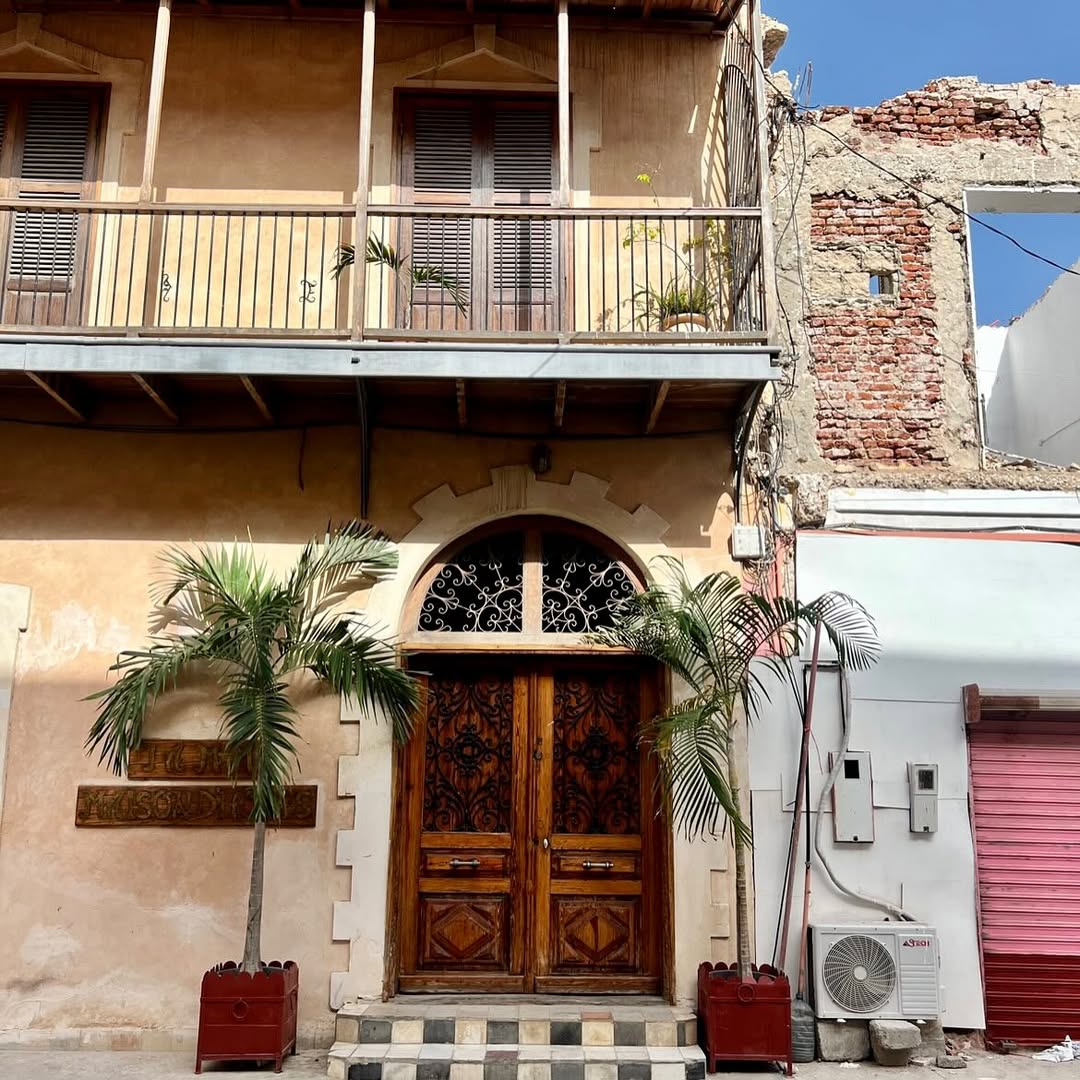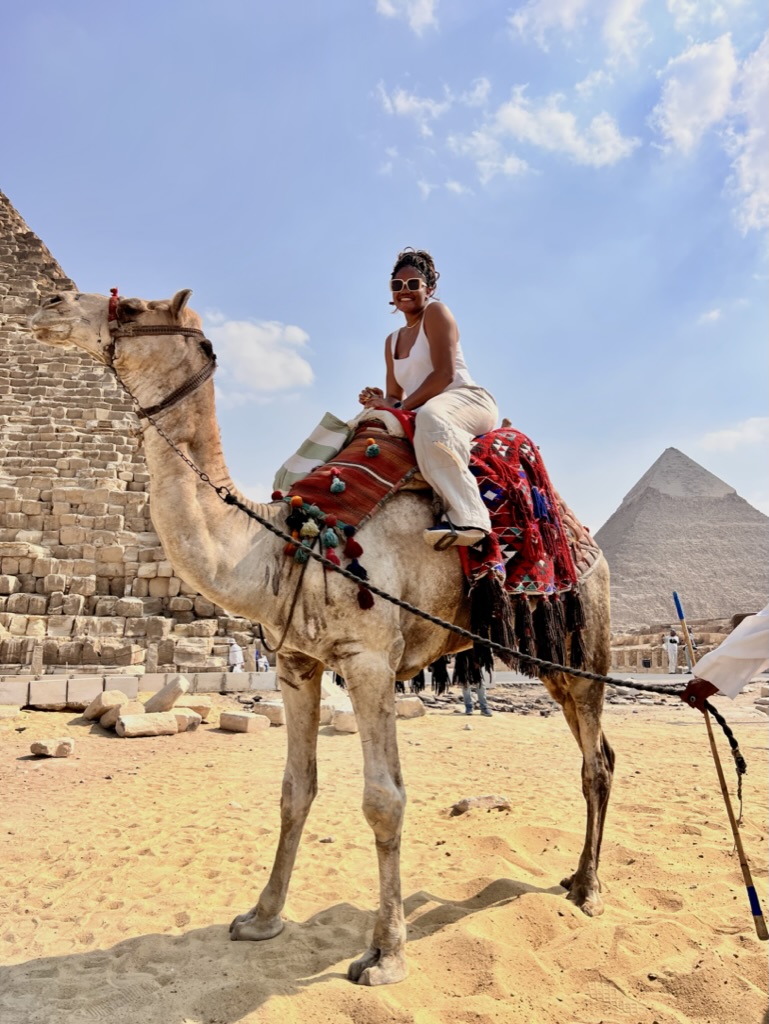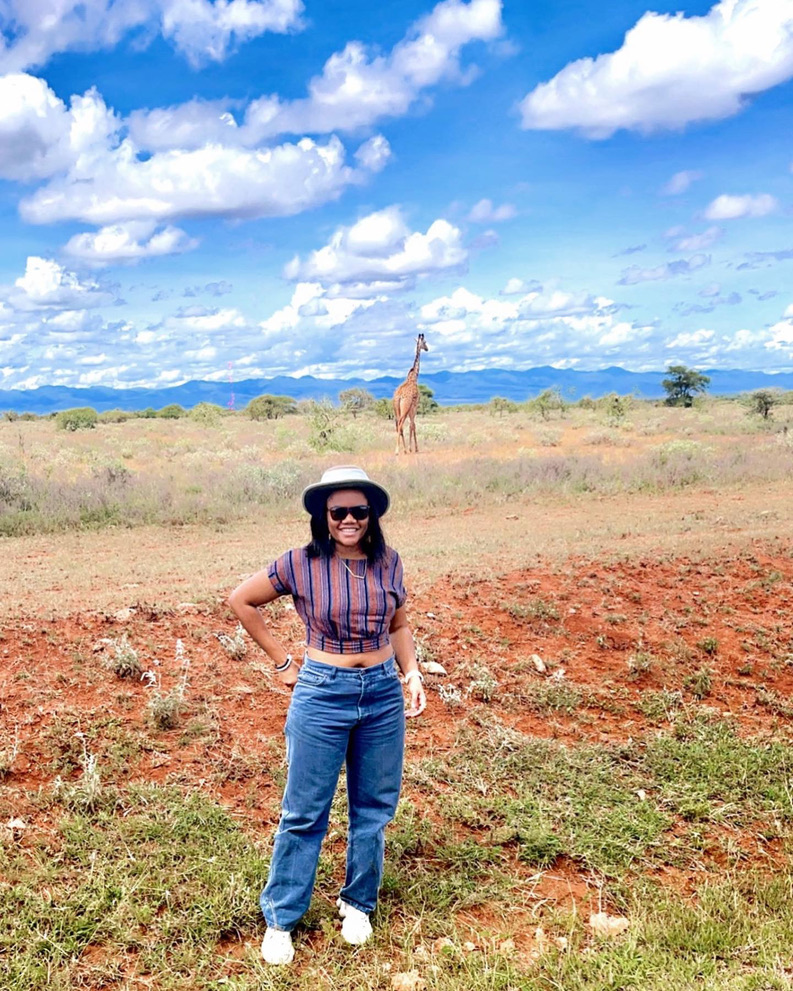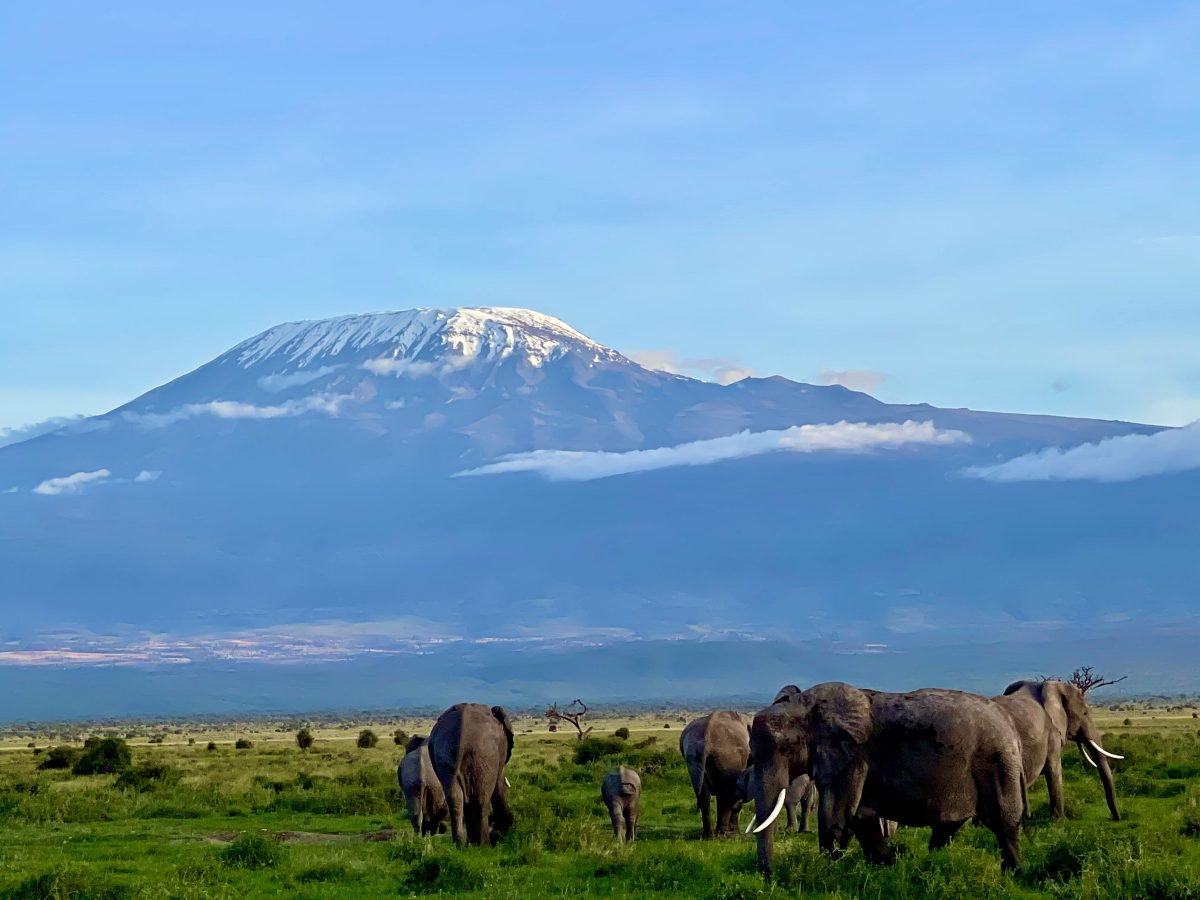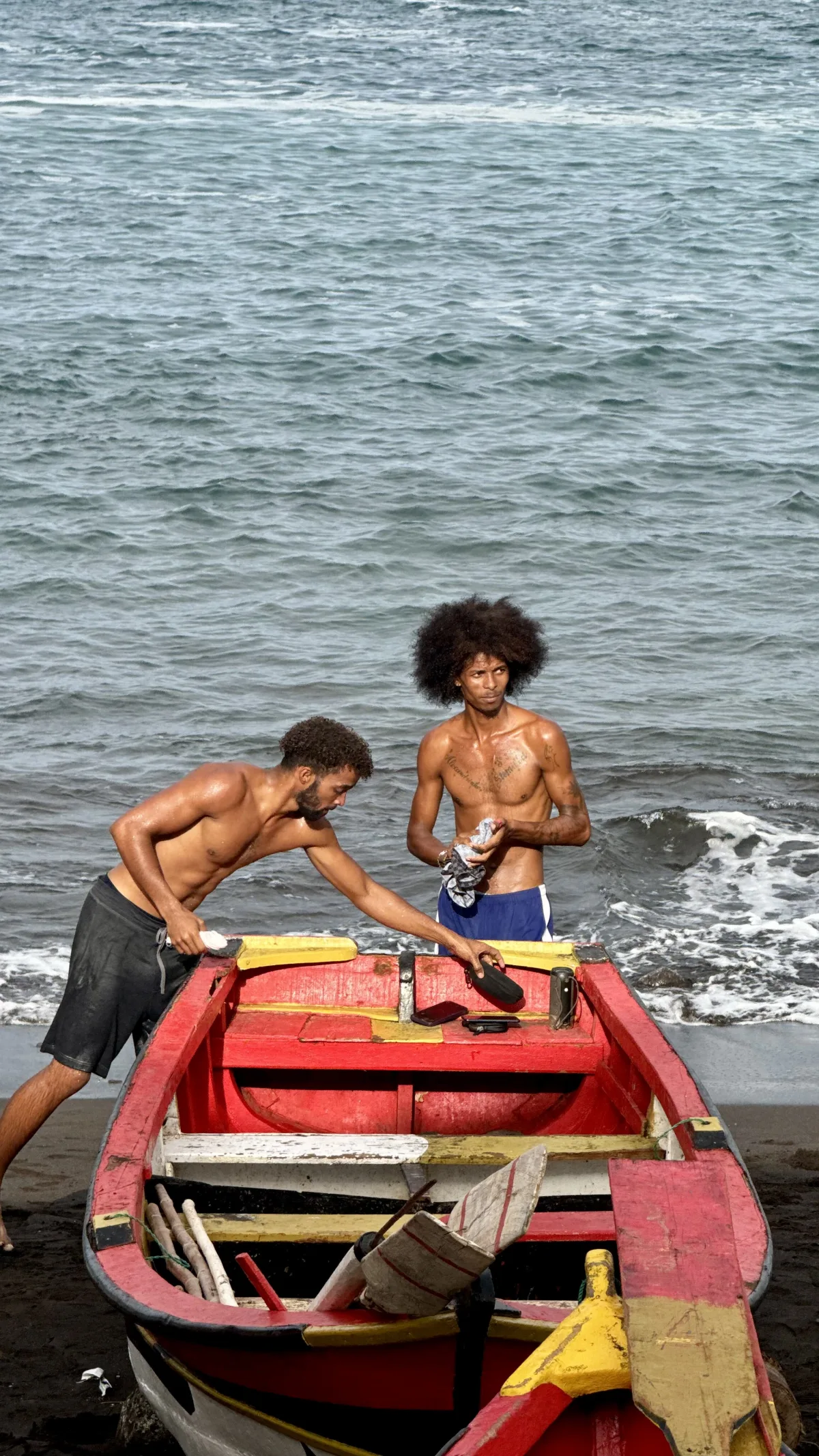Your cart is currently empty!
Category: Travel
Slow Travel in Africa: What Remote Work Really Looks Like
I just came back from the most blissful retreat to open the year. Pink flamingoes right outside my lakeside cabin deck, slow beach mornings, and still really good Wi Fi to sneak in some work. It felt like the perfect reminder that life does not have to be paused for productivity and that building a…
What To Do In Arusha, Tanzania: A Travel Guide
Arusha is the gateway to Tanzania’s northern safari circuit and a destination worth exploring on its own. The city offers stunning landscapes, lively markets, natural hot springs, coffee farms, and cultural experiences that give you a real sense of place. This guide shares everything you need to plan your trip—when to visit, how to get…
7 Common Mistakes to Avoid When Applying for a Visa
Applying for a visa can be an intimidating process, especially if it’s your first time navigating through the paperwork and interviews.
Countries with Easy Visas for Nigerians: Hassle-Free Destinations
Traveling as a Nigerian passport holder often comes with the extra hurdle of visa applications. If you’ve ever searched for easy visas for Nigerians, you know how frustrating it can be to find destinations that don’t require endless paperwork and long approval waits.
Best Things to Do in St. Louis Senegal – A Complete Travel Guide
St. Louis, Senegal, is a city that whispers stories of the past through its colonial architecture, colorful fishing boats, and rhythmic beats of local music. Once the capital of French West Africa, this UNESCO-listed island city feels like stepping back a decade in time.
The Ultimate Senegal Travel Guide: Explore Like a Pro
I’ve smelled the best incense of my life and tasted the flakiest, most delicious croissants in Senegal—but that’s not the best part of this Francophone gem.
10 Things I Wish I Knew Before My First International Trip: A Guide for First-Time Travellers
Traveling for the first time is an exciting adventure filled with promises of newness. New experiences, cultures, memories, and friends. As thrilling as it sounds, first-time travelers are more prone to making mistakes that can quickly turn a trip sour. When traveling to a new place, knowing what to expect can save you from unnecessary…
Nairobi Awaits: 20 Top Activities for Every Traveler
Nairobi, Kenya’s vibrant capital, is a city like no other—a thrilling mix of urban energy and untamed nature. Just minutes from downtown, you can witness majestic wildlife at Nairobi National Park, where lions, rhinos, and giraffes roam freely against towering skyscrapers. It’s where the city’s heart meets the call of the wild. Beyond the park,…
Kenya Travels: Everything You Need to Know
Kenya is a place that never stops calling me back—a land where every visit feels like the first, filled with awe and discovery. Imagine standing on the edge of the Maasai Mara as the ground beneath you trembles with the rhythm of a million hooves. The Great Migration is not just a sight it’s a…
“From Many Bloods” – Cape Verde Travel Guide
Cape Verde Travel Guide: Everything you need to know before visiting Cape Verde for the first time

